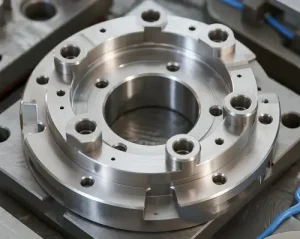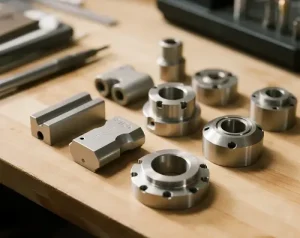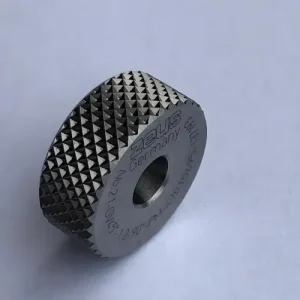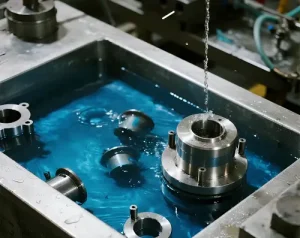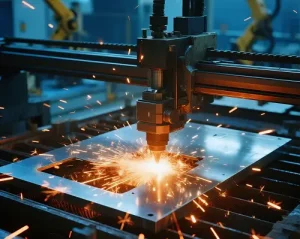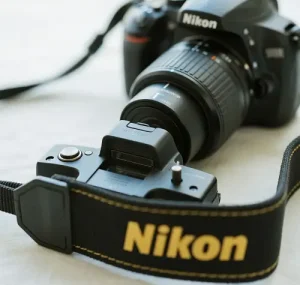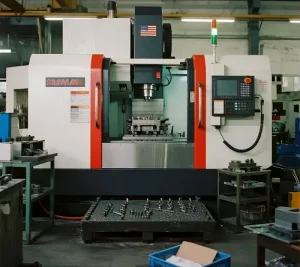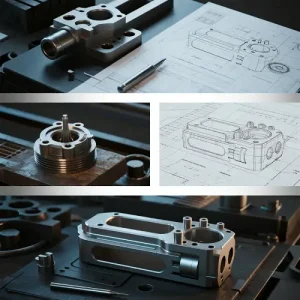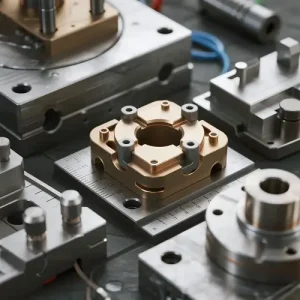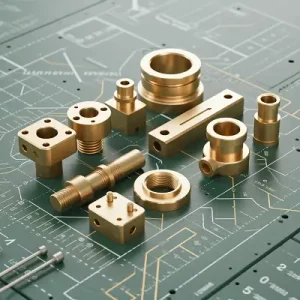17-4 PH Stainless Steel: Properties, Applications, and Machining Tips
17-4 PH stainless steel is one of the most widely used precipitation-hardening stainless steels. The alloy offers a unique combination of high strength, hardness, corrosion resistance, and good machinability, making it suitable for demanding applications in aerospace, defense, medical, oil and gas, and general engineering. Its balance of mechanical performance and fabricability places it in …

